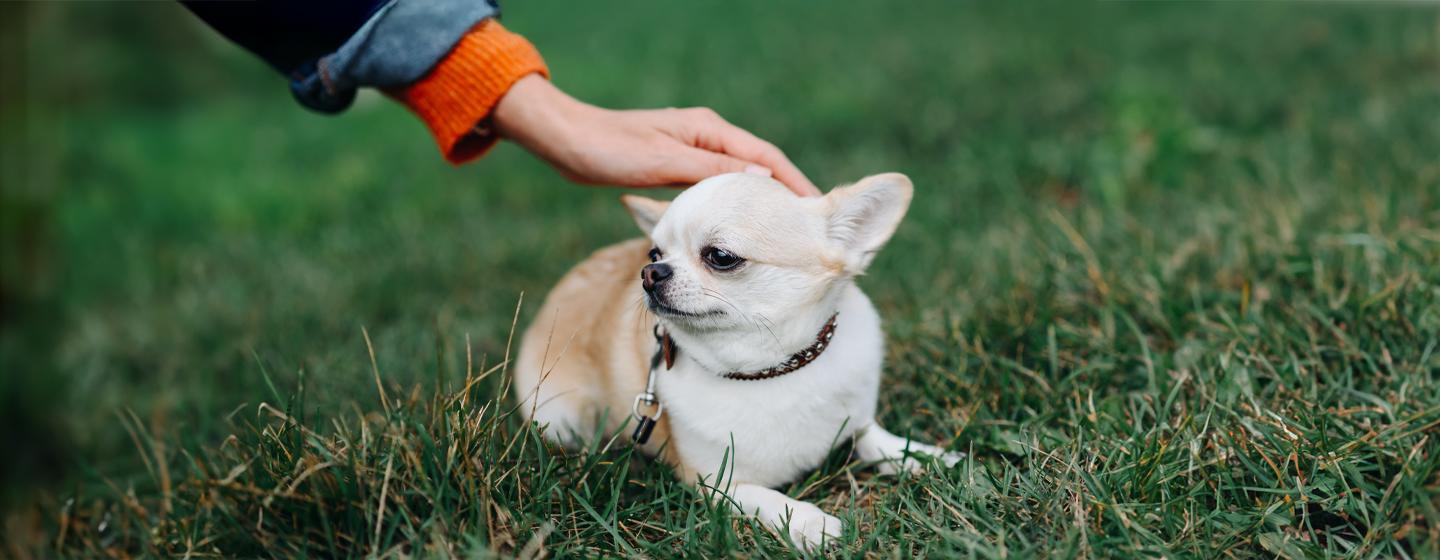Dwarfism in dogs refers to various inherited conditions that result in smaller-than-normal size and can lead to health problems and reduced lifespan. The main causes include pituitary dwarfism, characterized by an underdeveloped pituitary gland and growth hormone deficiency, predominantly seen in German Shepherds, and achondroplasia, which results in disproportionately short limbs due to abnormal bone and cartilage development. Signs of dwarfism may manifest as shortened bones, enlarged joints, and abnormal physical features, typically identifiable from around two months of age. Diagnosis involves veterinary examination and possibly X-rays and blood tests. While there is no cure for dwarfism, management options exist, including medication and lifestyle adjustments. Some breeds are predisposed to dwarfism, often due to selective breeding practices, including Dachshunds and Corgis, among others. Affected dogs can lead varied lifespans depending on individual health and severity of the condition.

Dwarfism in Dogs
If you’ve got or seen a little pup who looks a bit small for their age and doesn’t seem to grow, they could have dwarfism. Like humans, dogs can also have this condition, and it’s down to genetics.
Read on to find out all about dwarfism in dogs.
What is dwarfism in dogs?
Dwarfism in dogs encompasses several growth and developmental conditions, usually inherited, which result in a dog being smaller than it should be. Dwarfism often results in health issues and a reduction in life span.
What are the causes of dwarfism in dogs?
There are several causes of dwarfism in dogs, with pituitary dwarfism and achondroplasia the commonest. Dogs with pituitary dwarfism have an underdeveloped pituitary gland and a deficiency of growth hormone. It is a genetic condition and is seen most often in German Shepherds. Affected dogs are small but their body remains in the correct proportions.
Achondroplasia is a developmental abnormality affecting bone and cartilage. Again it is a genetic condition but affected dogs tend to have short limbs that are out of proportion to the rest of their body. They may also have other abnormalities and because it is a hereditary condition, it is recommended that affected dogs should not be used for breeding.
How can you tell if a dog has dwarfism?
The signs of dwarfism will vary depending on the underlying cause, but here are some signs to look out for:
Symptoms of dwarfism in dogs
Bones look shorter than normal
Enlarged joints
Abnormal bone shape
Larger head than normal
Shorter nose with an undershot jaw
Crooked teeth
Lack of growth
Spinal deviation (either side)
Bowing of forelimbs (leaning out sideways)
Heart issues
Fear and dog aggression
If a puppy has dwarfism, you may start to see signs from as early as 2 months old. If you think that your puppy may have dog dwarfism or have any other concerns about their health, you should always consult a vet.
Diagnosing dwarfism in dogs
For a diagnosis of dwarfism, the vet will usually examine your dog and may carry out X-rays to look at bone development. Make note of any more abnormalities you’ve spotted. To rule out other conditions and further confirm if a dog has dwarfism, the vet may want to take blood and send it to the lab for further testing.
Can dwarfism in dogs be treated?
Though there is no cure for dwarfism, whatever the cause, your vet may suggest medication to help manage the condition together with pain relief if required. For example, it is possible to treat and manage pituitary dwarfism in dogs with prescribed dosages of growth hormone. In mature dogs, spaying or neutering could also help. It’s important to talk to a vet first if you suspect that your dog has dwarfism.
How long do dogs live with dwarfism?
Depending on the severity of the case, some dogs with dwarfism can live relatively normal lives. Other dogs, however, unfortunately, won’t live past 5 years of age. This does depend on the breed and type of dwarfism – your vet will be able to provide more specifics for your dog.
Caring for dogs with dwarfism
Giving your dog a good quality of life is highly important. Dwarfism in dogs can cause certain health issues that will need to be managed to ensure your pooch is as happy as possible.
One thing to bear in mind with achondroplasia is that affected dogs tend to be prone to arthritis. Another thing to note is obesity as carrying extra weight puts additional strain on arthritic joints– making sure your dog has a healthy diet and a good amount of exercise is important here.
Some pain medication can help too but make sure a vet is consulted for the best course of action.
Which dog breeds are more likely to have dwarfism?
Some cases of dwarfism in dogs are caused by selective breeding, others just happen to be predisposed to it. Here is our list:
Dwarfism selective breeding
The short and smaller limbs seen with achondroplasia are seen as desirable in some breeds and this has resulted in these traits being selectively bred for. Here are some examples:
Dachshunds
Skye Terrier
Welsh Corgi
Dog breeds predisposed to dwarfism
Some dog breeds may have a natural genetic predisposition to dwarfism, including:
German Shepherd
Basset Hound
Boston Terrier
Karelian Bear Dogs
Pug
Pekingese
Japanese Spaniel
Shih-Tzu
Beagle
Spitz
English Pointer
Scottish Terrier
Cocker Spaniel
As always, remember to consult your vet if you have any worries about your dog!
Now that you know how to look for dwarfism in dogs, take a look at the symptoms of sensitive skin in dogs.
